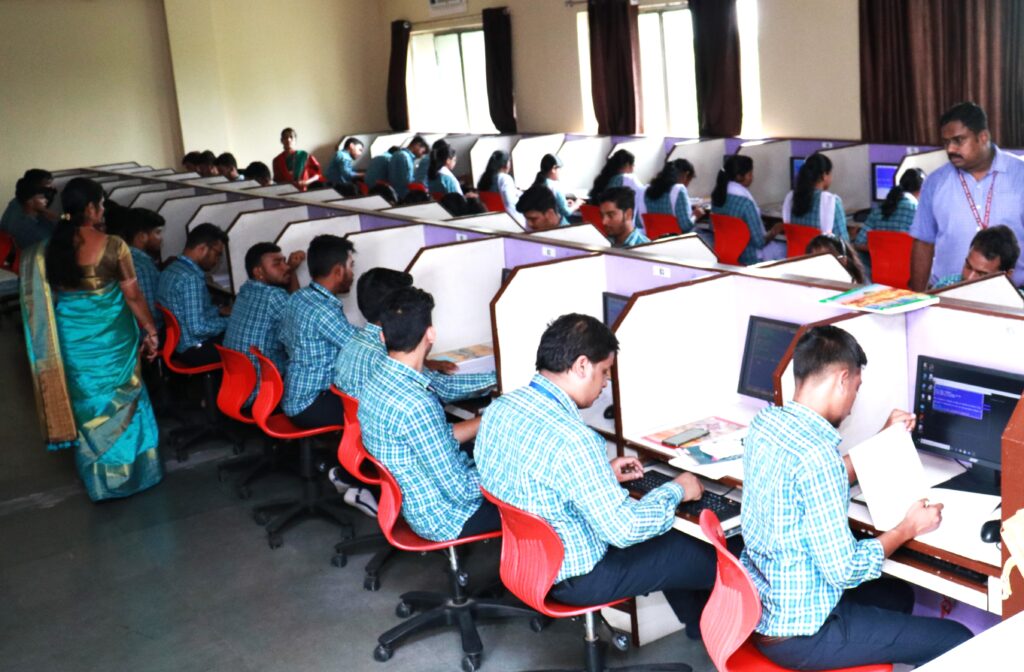Computer Science and Engineering Labs
Innovating the Future, One Line of Code at a Time
Welcome to the Department of Computer Science and Engineering at SOET, DRIEMS University. It is an honor to greet you as you explore the many opportunities our department has to offer. Whether you are a prospective student, a current student, or a valued partner, I extend my warmest welcome to our vibrant academic community. In today’s digital era, the field of Computer Science and Engineering is at the forefront of innovation, shaping the future of technology and society. Our department is committed to providing a cutting-edge education that not only covers foundational theories but also the latest advancements in areas such as artificial intelligence, data science, cyber security, software engineering, and more.

Staff
Sumitra Das
Research Project Lab
It Workshop Lab (Matlab)
Database Engineering Lab
Operating System Lab
Email: sumitra.das@dream.ac.in
Baninanda Acharya
Central Computing Lab
Computer Networking Lab
Compiler Design Lab
Email: baninanda@dream.ac.in
Devismita Sahoo
Advanced Programming Lab
Object Oriented Programming Lab
Software Technology Lab
Email: devismita@dream.ac.in
Computer Centre


Advanced Programming Lab


OOPs Lab (Object-Oriented Programming Systems)


Database Engineering Lab


L.T. Workshop - MATLAB


Research Project Lab


Computer Networking Lab




